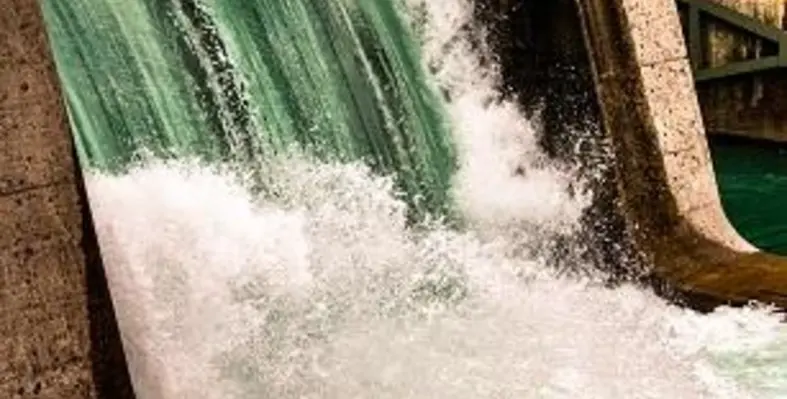According to the Hydropower Special Market Report, from the International Energy Agency (IEA) the ‘forgotten giant’ of low-carbon electricity needs a sweeping policy and investment push to put it in line with net zero goals
Hydropower today has a key role in the transition to clean energy due to the massive quantities of low-carbon electricity it produces and the unmatched capabilities for providing flexibility and storage. Many hydropower plants can ramp their electricity generation up and down very rapidly compared with other power plants such as nuclear, coal and natural gas. This makes sustainable hydropower an attractive foundation for integrating greater amounts of wind and solar power, whose output can vary, depending on factors like the weather and the time of day or year.
Global hydropower capacity is expected to increase by 17% between 2021 and 2030 – led by China, India, Turkey and Ethiopia. However, the projected growth for the 2020s is nearly 25% slower than hydropower’s expansion in the previous decade.
Reversing the expected slowdown will require a range of strong policy actions from governments to address the major challenges that are hampering faster deployment of hydropower, according to the report. These measures include providing long-term visibility on revenues to ensure hydropower projects are economically viable and sufficiently attractive to investors, while still ensuring robust sustainability standards.
In 2020, hydropower supplied one sixth of global electricity generation, making it the single largest source of low-carbon power – and more than all other renewables combined. Its output has increased 70% over the past two decades, but its share of global electricity supply has held steady because of the increases in wind, solar PV, natural gas and coal. Nonetheless, hydropower currently meets the majority of electricity demand across 28 different emerging and developing economies, which have a total population of 800 million.
Fatih Birol, executive director of IEA, commented, “Hydropower is the forgotten giant of clean electricity, and it needs to be put squarely back on the energy and climate agenda if countries are serious about meeting their net zero goals. It brings valuable scale and flexibility to help electricity systems adjust quickly to shifts in demand and to compensate for fluctuations in supply from other sources. Hydropower’s advantages can make it a natural enabler of secure transitions in many countries as they shift to higher and higher shares of solar and wind – provided that hydropower projects are developed in a sustainable and climate-resilient way.”
The IEA special report is the first study to provide detailed global forecasts to 2030 for the three main types of hydropower: reservoir, run-of-river and pumped storage facilities. Around half of hydropower’s economically viable potential worldwide is untapped, and this potential is particularly high in emerging economies and developing economies, where it reaches almost 60%.
The IEA report sets out seven key priorities for governments looking to accelerate the deployment of hydropower in a sustainable way. These include locking in long-term pricing structures and ensuring that hydropower projects adhere to strict guidelines and best practices. This kind of approach can minimise sustainability risks and maximise social, economic and environmental advantages.






